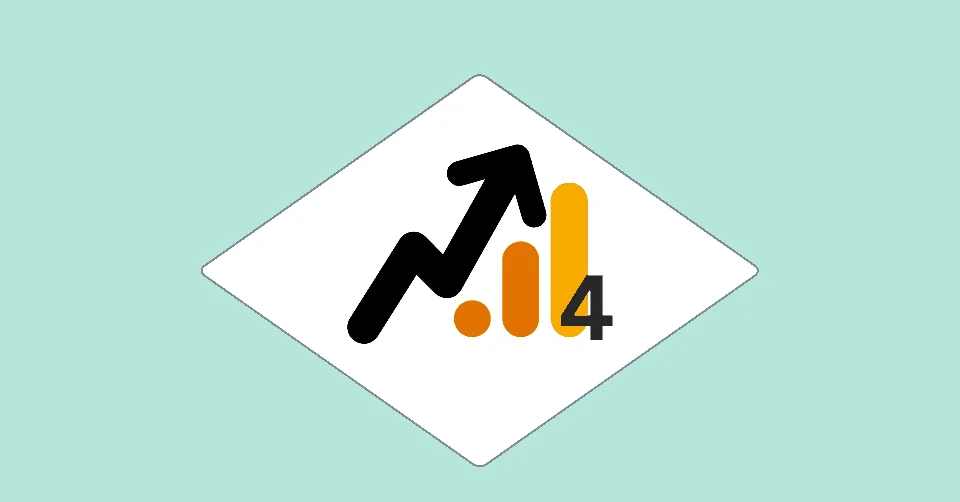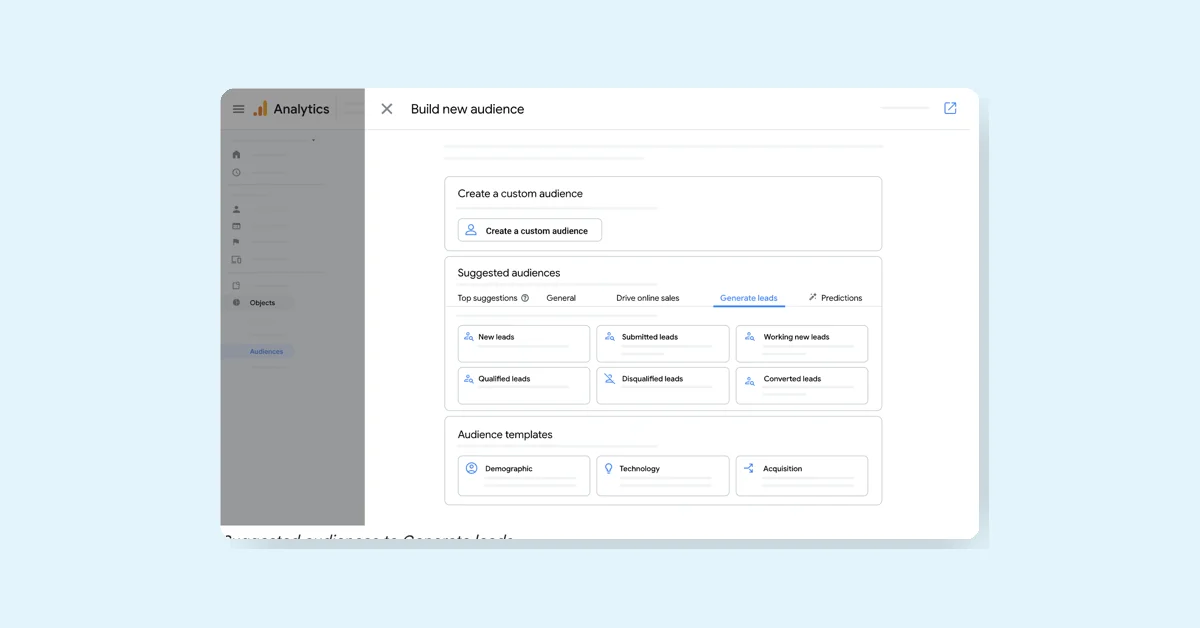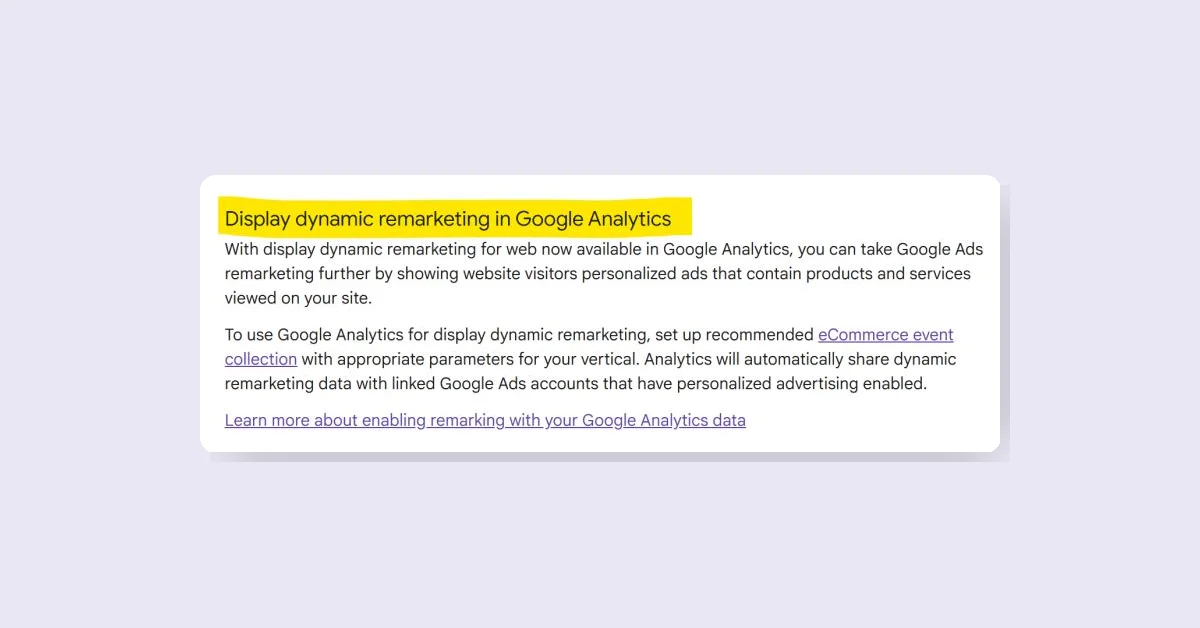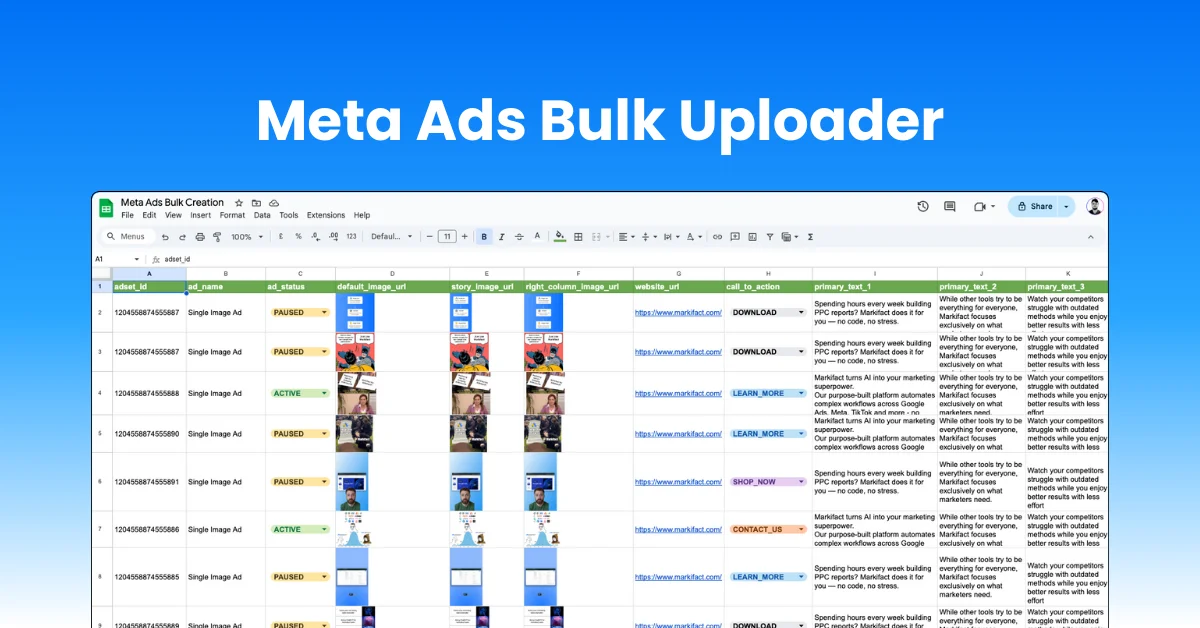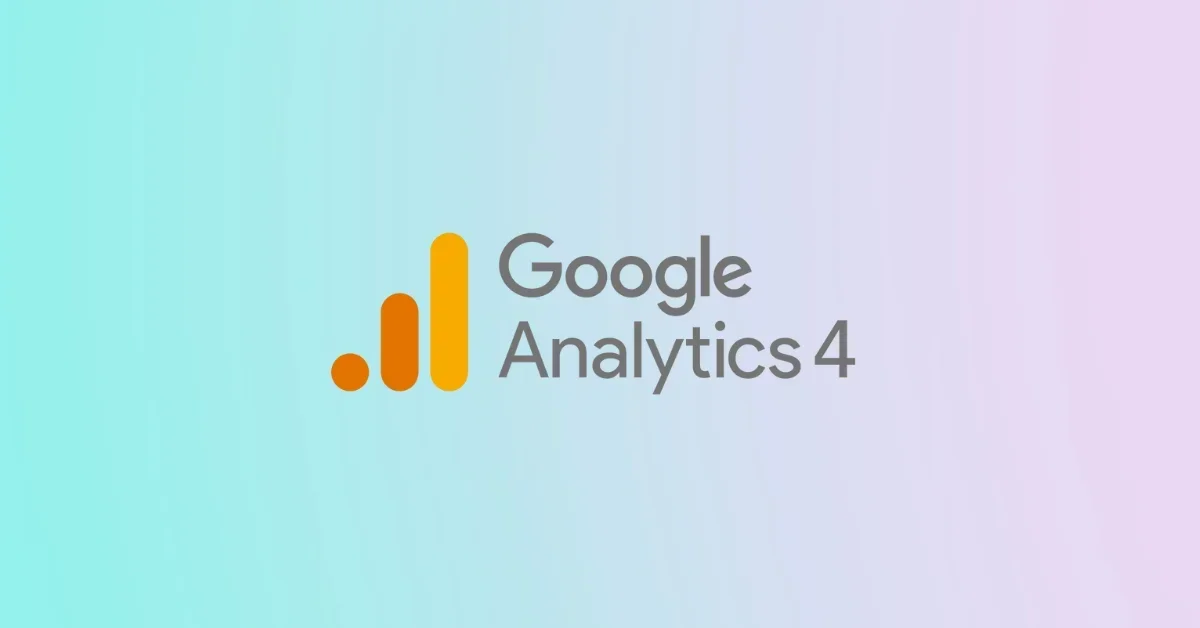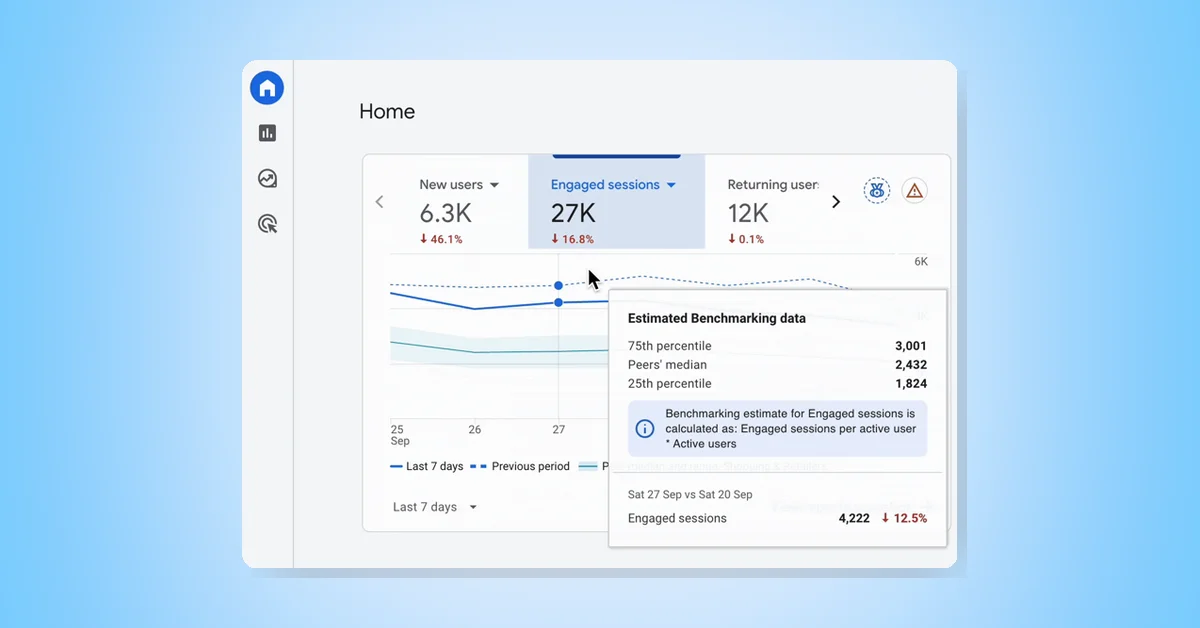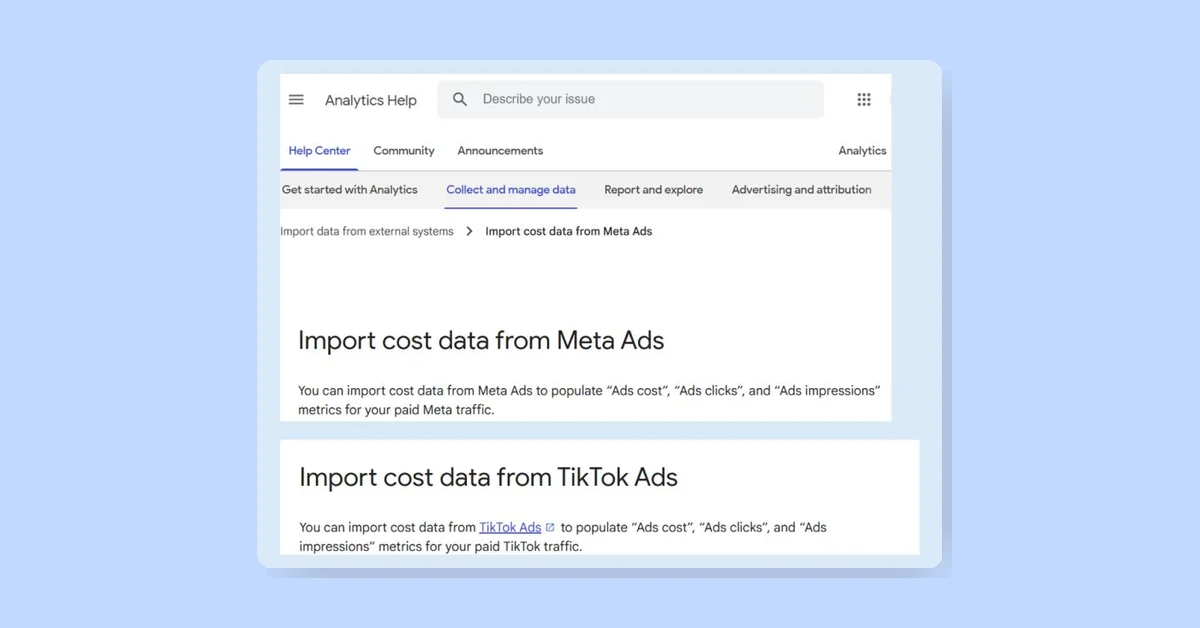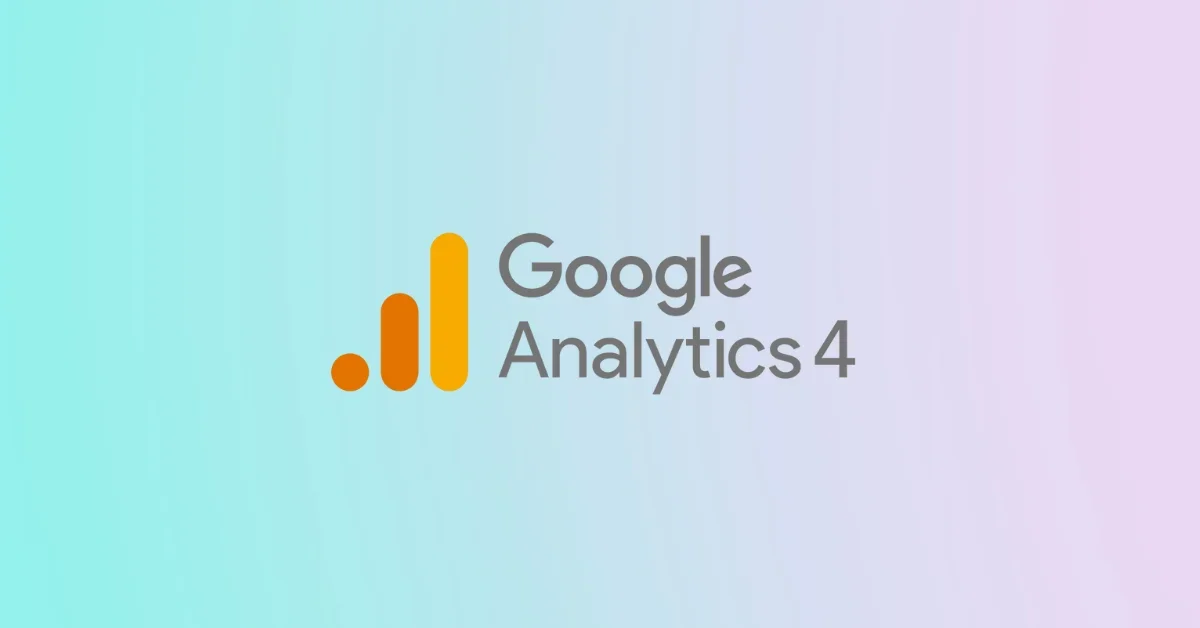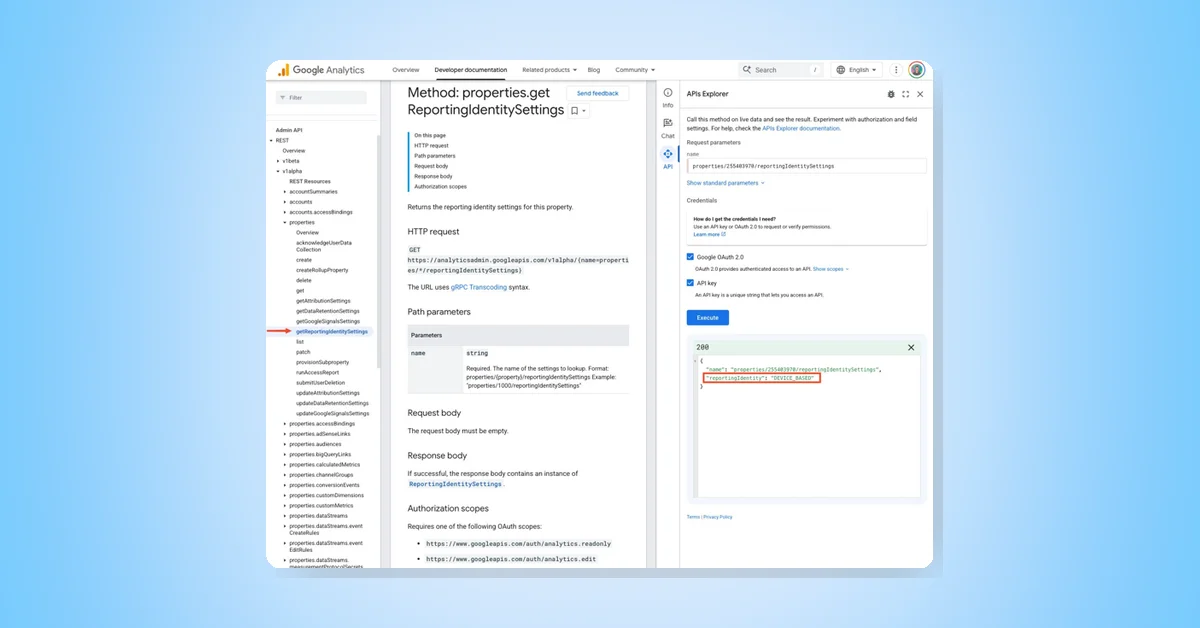Google Analytics 4 (GA4) has introduced a new feature, trend change detection, to help businesses identify significant, long-term changes in their data. Unlike anomaly detection, which alerts users to sudden spikes or dips, trend change detection reveals gradual changes over a prolonged period.
Trend change detection is triggered when the forecasted value differs from the original values.
This can occur when a forecasted increase changes to a decrease, a forecasted decrease changes to an increase, or when a greater increase or decrease than forecasted occurs.
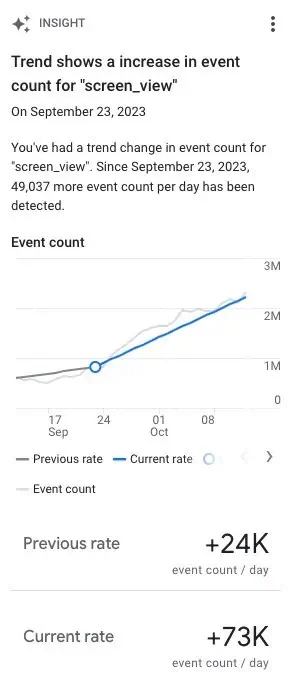
The detection process involves a sequential algorithm that segments time series data into parts with similar patterns. The algorithm uses boundary points between different parts to report trend changes.
Training the model on daily data can take up to 90 days while training on weekly data can take up to 32 weeks. Various factors can affect trend changes, including technical issues, marketing campaigns, website changes, and business cycles or seasonal changes.
For example, launching a new marketing campaign might result in an expected increase in traffic and sales. Conversely, design changes to a website could lead to fewer clicks, an unexpected behavior that would need immediate fixing.
Trend change detection cards can be found in the Insights & Recommendations section of the Home page, Reports Snapshot, Advertising Snapshot, and the Insights dashboard.
The Insights dashboard, which displays recent automated and custom insights for your property, is updated in real time when new insights are triggered or detected by GA4. User interaction with insights also trains the analytics to rank them according to relevance.
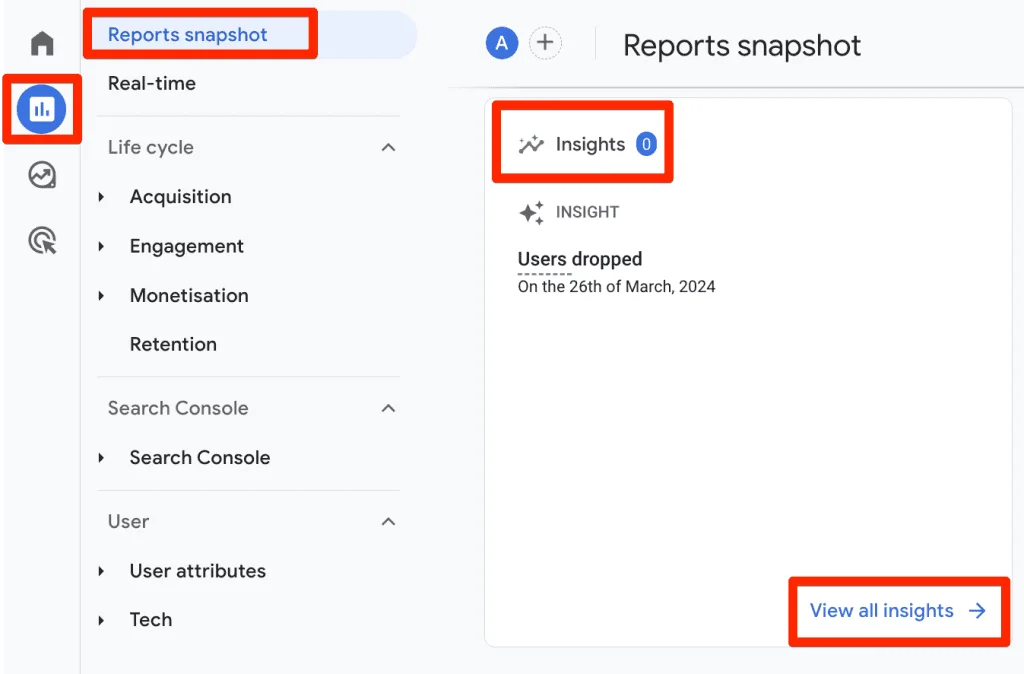
In summary, GA4's trend change detection is a valuable tool for businesses to monitor significant changes in their data. By understanding what affects these trends, companies can determine when and when not to act.
